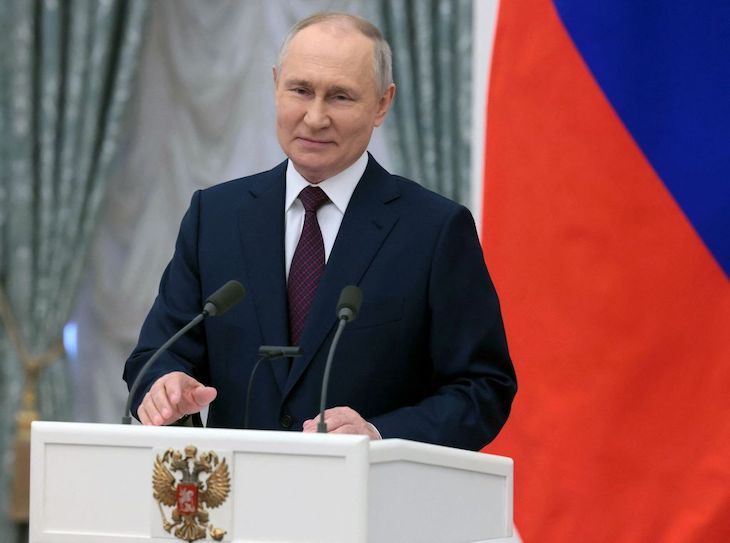Following Vladimir Putin’s invasion of Ukraine in February 2022 and the calamitous, early missteps of the Russian army, many Western experts fairly crowed over the possibility of Russia disintegrating. ‘It’s high time to prepare for Russia’s collapse,’ ran a typical headline on the Foreign Policy website, while a survey of 167 foreign-policy experts by the Atlantic Council think tank last January found that 40 per cent of them expected Russia to break up internally within ten years due to ‘revolution, civil war, political disintegration’ and so on.
Already a subscriber? Log in
Subscribe for just $2 a week
Try a month of The Spectator Australia absolutely free and without commitment. Not only that but – if you choose to continue – you’ll pay just $2 a week for your first year.
- Unlimited access to spectator.com.au and app
- The weekly edition on the Spectator Australia app
- Spectator podcasts and newsletters
- Full access to spectator.co.uk
Or




















Comments
Don't miss out
Join the conversation with other Spectator Australia readers. Subscribe to leave a comment.
SUBSCRIBEAlready a subscriber? Log in